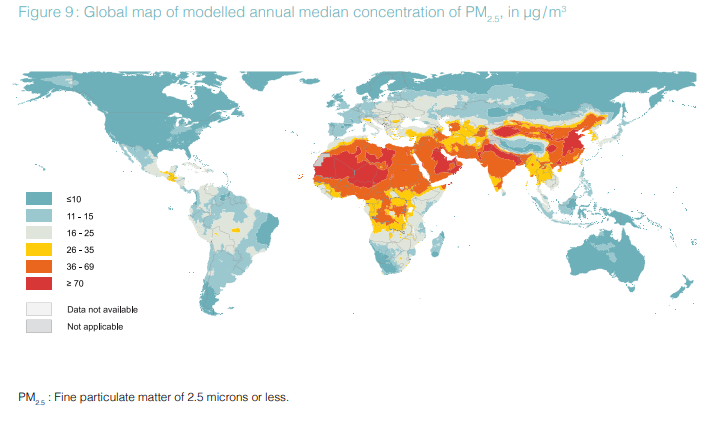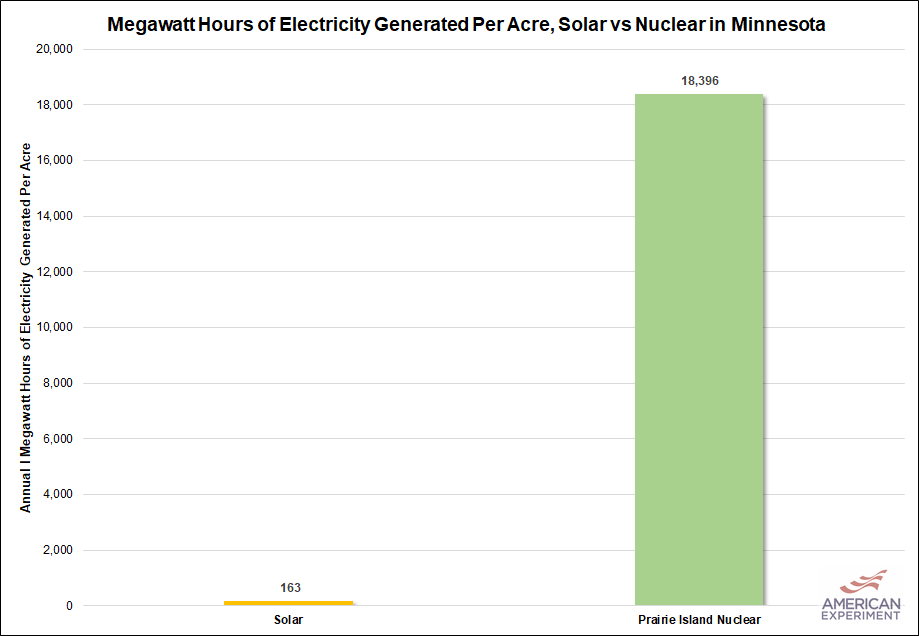Earth Day: Capitalism is Saving the Planet and Why Environmentalists Should Support Nuclear Power
Happy Earth Day, everyone!
Last year I did a seven-part mini-series on how capitalism is saving the planet, which detailed how capitalist countries routinely have a cleaner environment than countries that don’t respect property rights to the extent that we do in the United States. You can look back through those articles if you are interested.
Part One: Wealth Makes Health, Eventually
Part Two: In Soviet Russia, Air Pollutes You
Part Three: Would You Rather Mine in Venezuela? I Didn’t Think So
Part Four: Ridley: Rejoice, The Earth Is Becoming Greener
Part Five: American Farmers Are Saving the Trees Through Innovation
Part Six: Minnesota Forests Are Flourishing
Part Seven: Most Ocean Plastic Comes From the Developing World
The main theme in all of these pieces is that as we become more productive with the resources we have available to us, we also become wealthier. As we become wealthier, the cleanliness of the environment becomes a higher priority, and this is why rich countries routinely have better environmental outcomes than the developing world.
You can see this in the map below, which shows air quality in regions throughout the world. The United States and Europe have good air quality, while developing countries, such as China and Southeast Asian countries do not. This concept is explained by the Environmental Kuznets Curve in Part 1.

The most important aspect of improving the environment is improving the productivity of each sector of the economy to ensure that we are getting the most out of the resources that we use everyday. After all, most people want a cleaner environment because it is better for human flourishing.
One area where the United States is moving backwards on the productivity front is with electricity generation. This is happening because lawmakers are mandating and subsidizing weather-dependent energy sources like wind and solar that can only produce electricity when the weather cooperates. When the sun isn’t shining or the wind isn’t blowing, we need other power plants to increase their electricity production, and in most cases this electricity is provided by natural gas plants.
As it turns out, most of the time, wind turbines and solar panels are not producing electricity. In Minnesota, wind turbines only produced 33 percent of their potential electricity output in 2018, and solar panels only generated 18.6 percent of their potential, as you can see in the graph below. Some newer wind facilities were more productive than this, of course, but as a whole the wind fleet wasn’t producing it’s full potential 66 percent of the time.

Not only are wind and solar not very productive, they are also land intensive. They require access roads for the panels and wind towers, and they also require hundreds of miles of transmission lines. Despite their large land footprint, they do not generate very much electricity, especially compared to the footprint of other types of power plants.
For example, the Prairie Island nuclear facility near Red Wing, Minnesota is the largest source of electricity that emits zero carbon dioxide in the state. It sits on 520 acres, produced a whopping 18,396 megawatt hours per acre.* In contrast, the 1,000 MW of solar panels installed in the state will only produce about 186 megawatts of power per hour, which is horrible from a land-use productivity standpoint, and it means that solar produces just 163 megawatt hours per acre.
The graph below helps illustrate how much more efficient nuclear power is on a per acre of land standpoint.

This is important, because if the goal of environmentalists is to preserve the environment, wind and solar will not serve that end as well as nuclear power, or even coal, or natural gas. According to Xcel Energy, a grid powered with 100 percent wind, solar, and battery storage would require the grid to be overbuilt by a factor of eight. This would require a massive amount of acreage to build all of the wind, solar, and transmission needed to generate this electricity and it would also increase the demand for more mining, because these energy sources don’t materialize out of thin air.
As a result, wind and solar ends up disturbing much more land than would be required to generate the same amount of electricity with nuclear power, which also emits zero carbon dioxide emissions. Couple this with the fact that nuclear power plants can operate for 80 years, while wind turbines last 20 years, and solar panels last 30, then we are sacrificing huge swaths of land for energy sources that are less efficient, less durable, and ultimately less sustainable.

This is why it is impossible to take special interest groups and politicians who claim to care about the environment seriously if they do not support lifting Minnesota’s ban on new nuclear power plants seriously.
If these groups are truly worried about rising oceans, wildfires, ocean acidification and the whole host of other environmental problems due to man-made global warming that they claim they want to solve, they simply must support nuclear power and stop pretending that wind and solar power are adequate tools to get the job done.
Happy Earth Day!